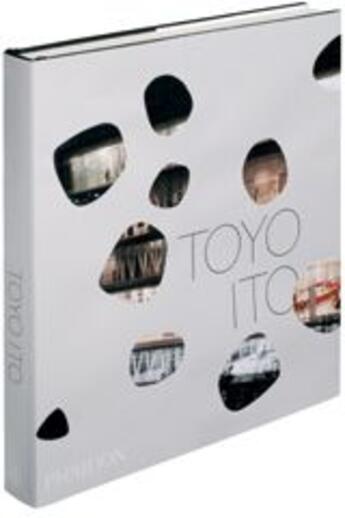-
Date de parution : 20/08/2009
-
Editeur :
Phaidon Press
-
EAN : 9780714845050
-
Série :
(-)
-
Support :
Papier
Résumé:
It has been said that the Sendai Mediatheque (2000), with its revolutionary approach to engineering, marks a turning point not only in Toyo Ito's architecture but in contemporary world architecture in general.
Before Sendai, Ito's work emphasized structural lightness and transparency, and... Voir plus
It has been said that the Sendai Mediatheque (2000), with its revolutionary approach to engineering, marks a turning point not only in Toyo Ito's architecture but in contemporary world architecture in general.
Before Sendai, Ito's work emphasized structural lightness and transparency, and what he saw as the ever-changing 'non-context' of Japanese cities. But though Ito's designs still show these early influences, after the Sendai Mediatheque he began to leave behind what he increasingly saw as the boring and inappropriate boxes favoured by modernism, and move toward a light, sensuous and often organic architecture that engages with the cities around it and the people who inhabit it.
These ideas are exemplified in this unique volume, where Toyo Ito presents a selection of his projects, all extensively illustrated with photos, diagrams, drawings, and computer realizations. Each of the book's projects and thematic sections is introduced with a short essay by Ito.
The distinguished Japanese architect Riken Yamamoto has provided an introduction to the book, while the well-known critics Dana Buntrock (USA) and Taro Igarashi (Japan) have contributed essays that provide valuable perspective on Ito's complex works.
Donner votre avis














